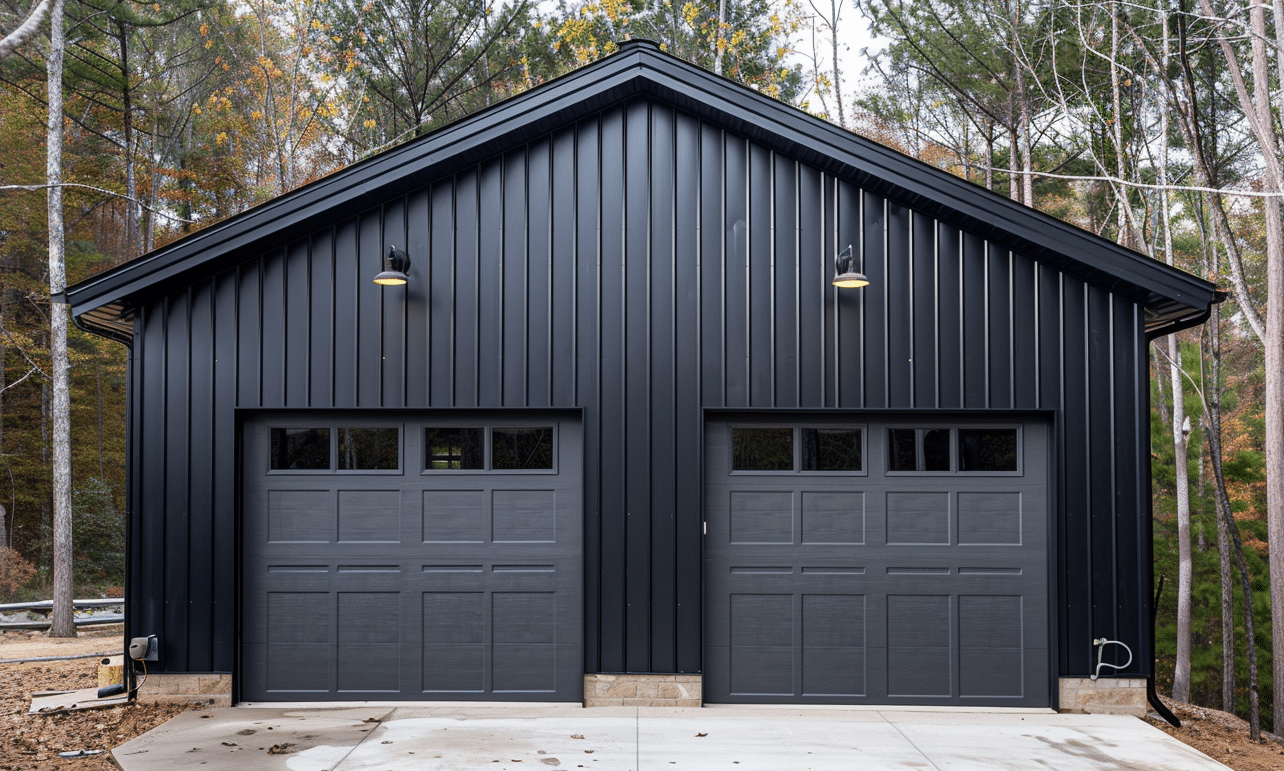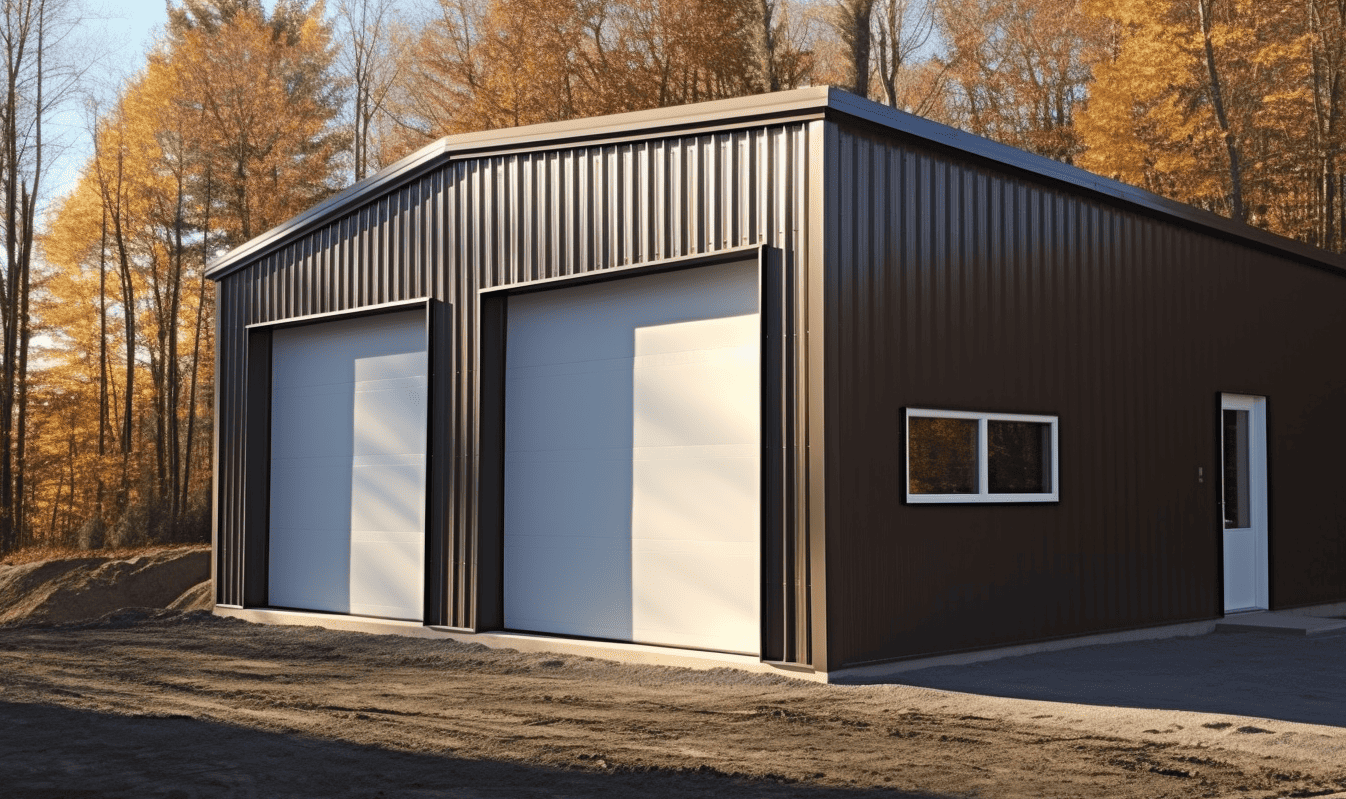In the evolving world of architecture and sustainable design, one simple, yet transformative element is often overlooked—daylight. The dance of sunlight filtering through windows can transform a room, enhancing not just its aesthetic but its energy efficiency as well. Yet, this is more than just a design preference; understanding the importance of daylight in green building can be a game-changer in creating sustainable living and working spaces.
###
The Vital Role of Daylight in Sustainable Design
As we grapple with climate change, every ray of sunshine counts. Daylight is not just a bright spot in an otherwise dim room—it is a cornerstone of sustainable architecture. Daylight in green building isn’t merely about aesthetics; it’s a key player in energy conservation and cost efficiency, which contributes to a healthier planet.
Imagine a workspace where artificial lights are barely needed, where the natural illumination underscores every perfectly placed brush of color. The aesthetic qualities of natural light in home design bring life and vibrancy to spaces that would otherwise seem artificial and detached.
###
The Science Behind Daylight Integration
Integrating natural light into buildings involves more than just placing a few extra windows. It’s about the strategic design of the building itself. Architects leverage the orientation of the building, window placement, the selection of materials, and more, to harness sunlight’s full potential. Just as a prism refracts light into a rainbow, the intelligent use of daylight refracts energy inefficiency into environmental sustainability.
Daylight can significantly reduce reliance on artificial lighting, thus decreasing energy consumption. By leveraging daylighting techniques, green buildings can reduce the need for electric lighting by up to 80% during daylight hours. This isn’t just saving energy; it’s creating an environment in harmony with natural cycles, reducing carbon footprints, and conserving our planet’s resources.
###
Energy Efficiency: A Byproduct of Daylight
A pivotal part of this equation is considering both daylight and energy-efficient lighting. While daylight provides a natural source of light during the daytime, energy-efficient lighting solutions can supplement during darker hours, maintaining the building’s sustainability goals without compromising functionality.

Choosing materials that optimize daylight use is another critical aspect. For instance, the choice of steel in construction has environmental benefits, as pointed out by the Environmental Benefits of Steel Buildings. Steel’s ability to be fabricated and molded into various designs aids in creating structures that maximize the integration of daylight. Steel buildings additionally benefit from increased durability and reduced maintenance, complementing the principles of sustainable building.
###
Daylight and Its Therapeutic Touch
But what about the human factor? Daylight also bears significant psychological and physiological benefits. Exposure to natural light can enhance mood, increase productivity, and even improve sleep patterns. In workplaces inundated with natural light, reports show heightened employee satisfaction, better focus, and reduced eye strain. Comparing a dimly lit office to one swathed in sunlight can be like comparing a cacophony to a symphony.
These benefits have implications in residential designs as well. Studies have pointed to healthier indoor environments with optimized natural light usage. By adopting strategic daylighting in homes, families can experience improved well-being alongside the benefits of sustainable living. Imagine a kitchen where morning light inspires culinary creativity or a living room where the setting sun fosters relaxation.
Even specialized structures like a metal shed storage building can incorporate daylight effectively, proving that all types of structures can champion green improvements.
###
Integrating Daylight in Modern Structures
Incorporating daylight in modern constructions requires not just a change in technique but in mindset. Planners and architects are challenged to envision spaces that balance functional design and daylight sustainability. Utilizing advanced tools and strategies such as building information modeling (BIM), architects can precisely predict how daylight affects different interior spaces throughout the year.
The use of shading devices, light shelves, and other technologies can dynamically adjust the entry of sunlight, optimizing thermal comfort while minimizing glare. These technologies, when combined with passive solar design, can drastically cut energy consumption and enhance indoor conditions year-round.
The Canadian government recognizes the importance of integrating daylight into green buildings, supporting research and implementation strategies. This effort is echoed in initiatives like Natural Resources Canada – Importance of Daylight in Green Buildings, which advocate for wiser use of daylight.
###
Conclusion: A Brighter Future with Daylight
As daylight continues to feature more prominently in green architecture, it plays a crucial role in creating energy-efficient, environmentally friendly, and aesthetically appealing buildings. By integrating sustainable sources of natural light, architects can craft structures that not only fulfill human needs but also take an ardent stand against climate change.
Ultimately, daylight is more than just illumination; it represents a shift towards sustainability, a move towards a more harmonious coexistence with our natural environment. The importance of daylight in green buildings is undeniable, as it reduces our carbon footprint while enhancing our livable spaces. Whether imagining your future home bathed in sunlight or considering efficient urban planning, daylight brightens our world, one beam at a time. It’s not just light—it’s life.










